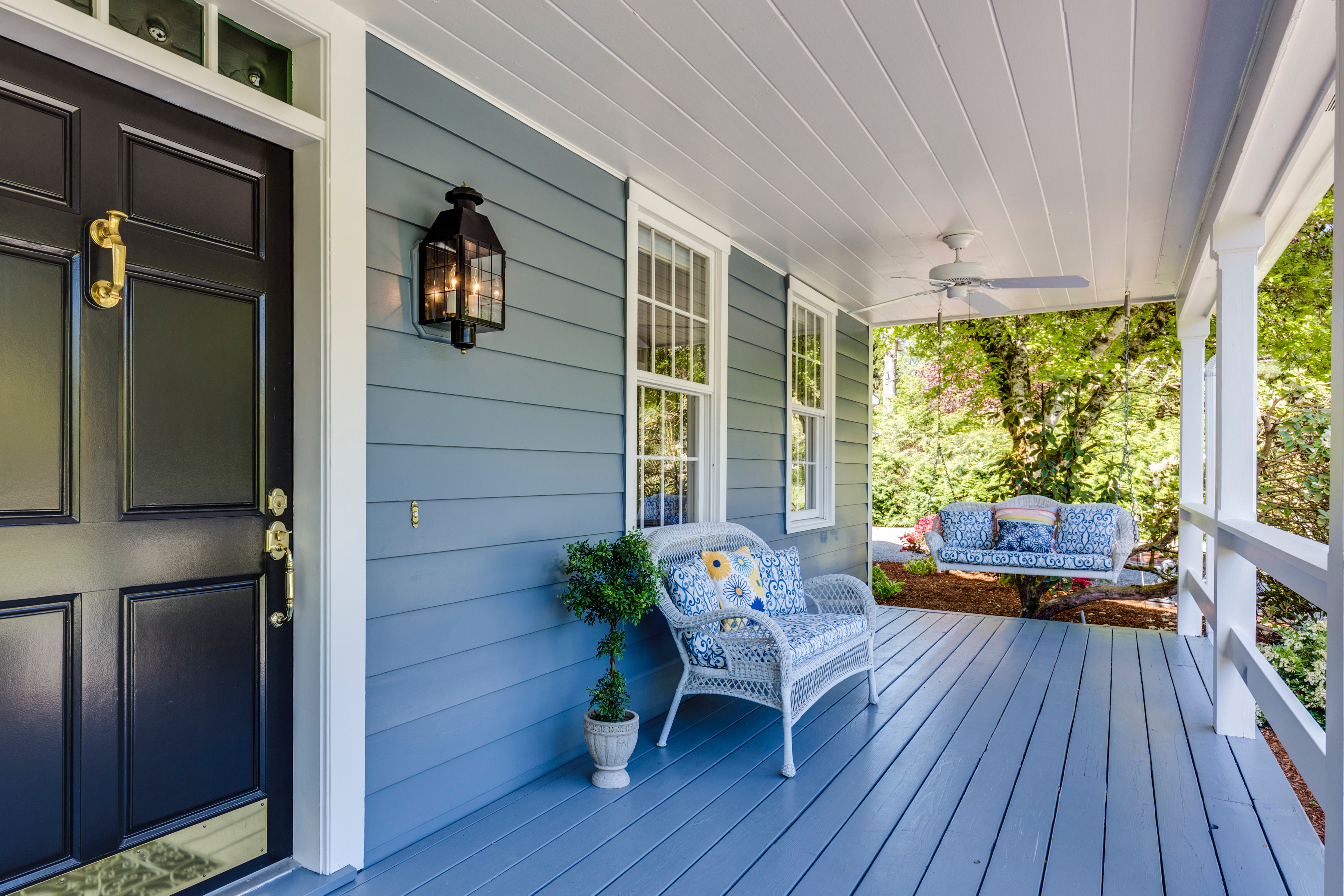Is your family bursting at the seams in your current home and are desperately looking for something that can comfortably fit each of you? Maybe it’s time to downsize now that all your children have left the nest? Or perhaps you’re a first home buyer keen to enter the market?
Whatever your reason for looking into the property market, we have compiled a list of 10 factors that you should consider when looking for a new home, be it an established house or land to build a new home.
1. Consider your budgetBe realistic about both your current financial circumstances and consider how you would manage monthly mortgage payments should any of these change, such as additional family members (falling pregnant, fostering or adoption, caring for a family member) or loss of an income.
Budget and home loan calculators can be highly beneficial to understand your income and expenses and gain a quick view of your borrowing power. During this period, you may wish to grow your foundational understanding of the ongoing costs and read our blog post about the types of home loans available.
2. Work with experienced professionals
With home ownership being such a large and long-term purchase, it is recommended that you work with a finance or mortgage broker to ensure your finance is structured to meet your needs and the realities of home ownership. Ensure your broker is licensed to legally operate by checking the following three lists on ASIC Connect’s Professional Registers:
- Credit Registered Person
- Credit Representative
- Credit Licensee
Ask your broker about the commissions they receive from credit provides and if they will be charging you a fee, as this may influence the range of products they share with you, even if others would be the best value for money.
3. Location, location, location
With the reach of the city continuing to expand and existing financial benefits of home ownership, it is recommended that buyers broaden their search. This will allow you to find properties within your price range to be able to enter the market, therefore you may need to consider a wider radius than you had first thought.
With the value of homes in suburbs such as Chittering, Bullsbrook, and Wanneroo having sky-rocketed since their inception, improved accessibility and connectivity from the outer suburbs to the city and the increase in working locally or from home, estates such as the Country Heights Estate may be a valuable investment for your next home.
When considering the location of your future home, we highly recommend extensive research into:
- Existing infrastructure
- Future building plans (refer to the council website for these)
- School zoning (for both primary and high schools)
- Transport (existing and proposed)
- Amenities
- Crime rate
- Green open spaces
- Environmental hazards (fire, flood, land subsidence)
Many prospective home-buyers forget to include a range of ‘silent’ costs that can quickly build up when budgeting for the purchase of a home. Again, research is key by reviewing the cost of:
- Council rates
- Stamp duty
- Lender’s application fee
- Lender’s Mortgage Insurance (if you are requesting a loan of over 80% of the
property value) - Additional insurances (mortgage insurance, home and contents,
- Loan fees
- Conveyancing
- Building and pest inspections
- Valuation fee
- Removalist fees
- Connection fees (water, gas, electricity, internet)
5. Whether to buy land or an established home.
Location and budget may drive this decision depending on the availability of each option, but for some, you may have the flexibility of making the choice. Established homes are typically closer to the CBD and existing infrastructure, sit on larger blocks, and allow quicker purchase and moving in times, whilst buying land and building a new home generally provide lower ongoing maintenance and energy costs, opportunity to be built to your exact specifications, and issues and defects are covered under warranty.
The Country Heights Estate offers the rare benefit of a newly built home with the highlight of a large, fully serviced block and established town of Gingin only five minutes from the homesite.
6. Government grants and stamp duty concessions
In Western Australia, first home buyers can receive the $10, 000 First Home Owner Grant (FHOG) provided they meet the eligibility criteria, and recently, for there was the the Federal HomeBuilder grant for contracts signed between 1 January to 31 March 2021 (inclusive) are eligible for a $15, 000 grant should they:- Build a new home
- Purchase a new home off-the-plan
- Substantially renovate their existing home
7. House design and block size
Whilst each of us will have different ideas of what makes up the perfect home, it is important for all prospective home buyers to consider the ‘must have’ and ‘can compromise’ features they are looking for, including:
- Yard size
If building, consider the size of your home and positioning of this. Are you aware of the possible rezoning in future? Consider how this may impact the position of your home. Do you have any pets that need to access a large yard? - Exterior
Whilst the exterior is able to be renovated, consider the cost of both money and time to complete this job. Have you allocated money to change the landscaping if required? Don’t forget to factor in the amount of time required to maintain the garden / lawn.
- Bedrooms
Measure the size of each bedroom and consider the current and future use. Are there built in robes or space to fit in drawers? Where are the bedrooms located within the house in comparison to family / TV rooms? - Bathroom
Are there enough bathrooms for the number of bedrooms and people living in the home? Do any of these need to be renovated? Bathrooms and kitchens are typically the worst offenders for renovation costs. - Kitchen
Consider the location, layout, and size of the kitchen. Is there enough storage space for your items? Where will you fit your fridge, microwave, and any other regularly accessed appliances? - Orientation of the home.
The orientation of the home can have a major impact on natural lighting and energy required to maintain a comfortable temperature in the home. - Heating and cooling systems
If purchasing an existing home, inspect the following areas of the home:
- Ceilings - check for sagging.
- Water damage or leaks - look inside cabinets (particularly in wet areas), check bedrooms and bathrooms for mould.
- Walls - both internal and external walls should be checked for large cracks and internal walls need to be reviewed for fine cracks.
- External roof lines - ensure these are straight and free from deflections.
- Roof gutters and downpipes - check for rust and evidence of past flooding or excess water flow.
If purchasing a new home, consider:
9. Who to build with
Look at and gather information about their display homes, ask for recommendations from family and friends, and search for online reviews. For those interested in builders trained in sustainable practices, look for companies that have completed training with the Master Builders Association (MBA) and Housing Industry Association (HIA).
10. What is included in the building costs
Ask questions and document information about the included building specifications. What fittings and fixtures are provided and which works are completed? If the items included are not what you desire, ask about the cost of upgrades or credit received if removed from the contract to consider the cheapest option; changing the selections through the builder or looking for cheaper providers or sales for items such as blinds, floor coverings, and shelving.





